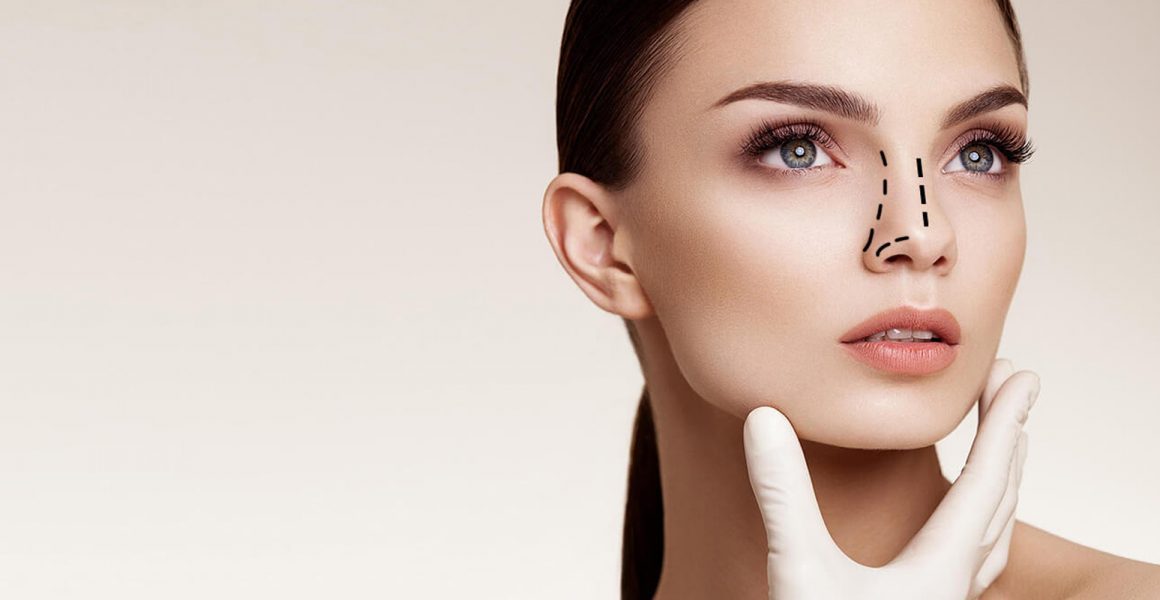
Revision rhinoplasty, also known as secondary rhinoplasty, is a surgical procedure performed to correct or improve the results of a previous rhinoplasty (nose job). It’s more complex than a primary rhinoplasty because the surgeon is working with altered anatomy and potentially scar tissue.
Why might someone need revision rhinoplasty?
There are several reasons why someone might seek a revision rhinoplasty:
Aesthetic concerns: The results of the first surgery may not have met the patient’s expectations in terms of the nose’s appearance. This could include issues like asymmetry, persistent bumps or depressions, or an unnatural look.
Functional issues: The initial surgery may have caused or failed to correct breathing problems, such as nasal obstruction or a deviated septum.
Complications: Problems like infection, poor healing, or excessive scarring can occur after a rhinoplasty, requiring further surgery to correct.
What does revision rhinoplasty involve?
The specifics of a revision rhinoplasty will vary depending on the individual’s needs and the issues being addressed. In general, it may involve:
Reshaping bone and cartilage: This may involve removing additional bone or cartilage, or adding grafts (from the patient’s rib, ear, or septum) to rebuild or reshape the nose.
Correcting functional problems: This may involve repairing a deviated septum, widening the nasal passages, or addressing other structural issues that are affecting breathing.
Improving appearance: This may involve refining the nasal tip, smoothing out bumps or depressions, or improving symmetry.
Important considerations for revision rhinoplasty:
Choosing a surgeon: It’s crucial to select a board-certified plastic surgeon with extensive experience in revision rhinoplasty. This type of surgery requires a high level of skill and expertise.
Realistic expectations: It’s important to have realistic expectations about what can be achieved with revision rhinoplasty. In some cases, it may not be possible to achieve the exact results the patient desires.
Timing: It’s generally recommended to wait at least a year after the initial rhinoplasty before undergoing a revision. This allows time for the tissues to heal and for any swelling to subside.
